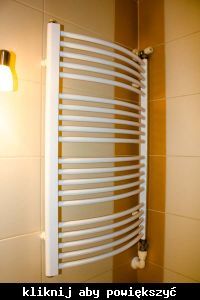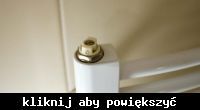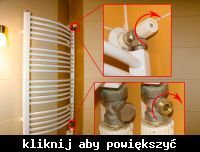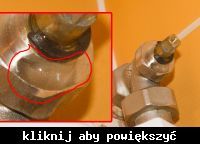Good day.
the radiator vent in the bathroom began to leak.
The radiator looks like this:

I understand that there is nothing to tighten it and you need to replace the entire breather or gasket?

Now the question:
How can I do it safely?
When I turn the valve on top, the water will drain from the radiator?
When I turn the valve on top, the water will not run out, but will not break under pressure when the vent is removed?
What are you doing?
the radiator vent in the bathroom began to leak.
The radiator looks like this:

I understand that there is nothing to tighten it and you need to replace the entire breather or gasket?

Now the question:
How can I do it safely?
When I turn the valve on top, the water will drain from the radiator?
When I turn the valve on top, the water will not run out, but will not break under pressure when the vent is removed?
What are you doing?




